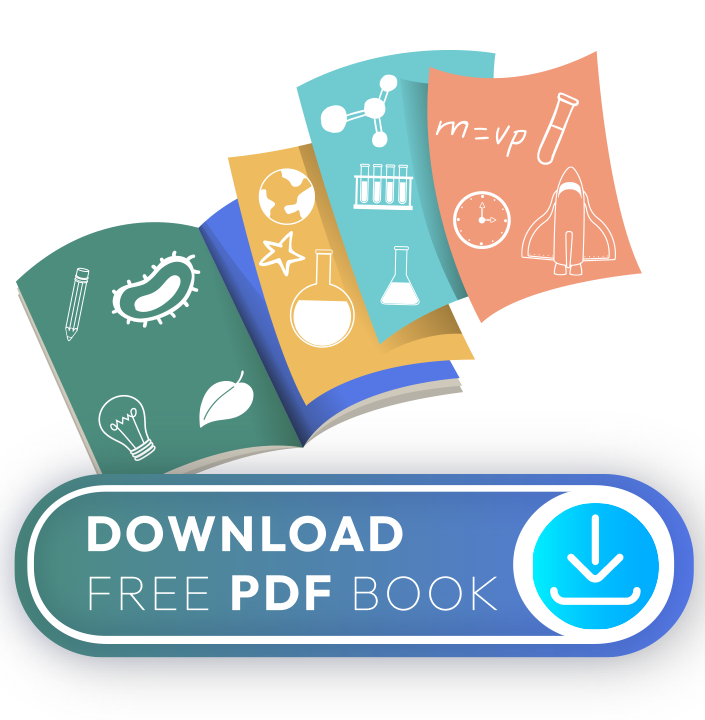Different species of birds like different kinds of food, so you will attract a greater variety if you provide more than one type of food. Mockingbirds, scarlet tanagers, orioles, and some other birds prefer fruits and berries to seeds. You can attract them by leaving out raisins and scraps of apples and oranges.
Most of the common perching songbirds will eat from a bird feeder, so if you do not already have a feeder, you might want to make or buy one. Blue jays, cardinals, red-winged blackbirds, grosbeaks, and sparrows will all eat common birdseed mixtures from a feeder. By observation, you can discern which types of seed each species prefers. Blue jays, for example, will spill other seeds out of the feeder as they look for sunflower seeds. Sparrows and cardinals will eat some of the spilled seeds off of the ground.
Chickadees, nut-hatches, red-bellied woodpeckers, and other birds are attracted to mixtures of fat (particularly suet) and seed—you can make your own mix with peanut butter and birdseed. The fat provides high-energy food that these birds need.
Some birds, such as quail, pheasants, and doves will only feed on the ground. You can supply food for them by sprinkling millet, and other grain or seeds, over a spot in your yard. Cardinals, sparrows, grackles, and red-winged blackbirds will also eat food off the ground.
Birds need water, as well as food. A clean birdbath will attract birds to your yard that wouldn’t come for the feeders. They will drink the water, of course, but you will also observe them bathing to wash away dirt and parasites. After they bathe, they will usually preen. Preening involves grooming the feathers and coating them with a protective layer of oil from the preen gland located near the tail.
Set up your birdbath near the ground in a shaded area (near some trees or shrubs, if possible). Birds don’t fly as well when they’re wet, so they are more likely to bathe in a place where they don’t feel exposed to predators. Don’t fill the bath too full – try to mimic a shallow puddle that the birds can wade into. Replace the water and clean the birdbath often.
As you watch the birds feed and bathe in your yard, you should be able to get a close look at them. If you need to, use a pair of binoculars so that you can see the birds clearly. Keep a bird guide handy, so that you can identify the different species of birds that visit your yard. Keep a notebook to record what the different species look like, how they bathe, what they eat, whether they will eat off the ground, what times they come during the day, and whether they will eat when other birds (of different species) are around. If you like to draw, try drawing and coloring the different species you observe. Download our free Bird Observations worksheet for help getting started!






